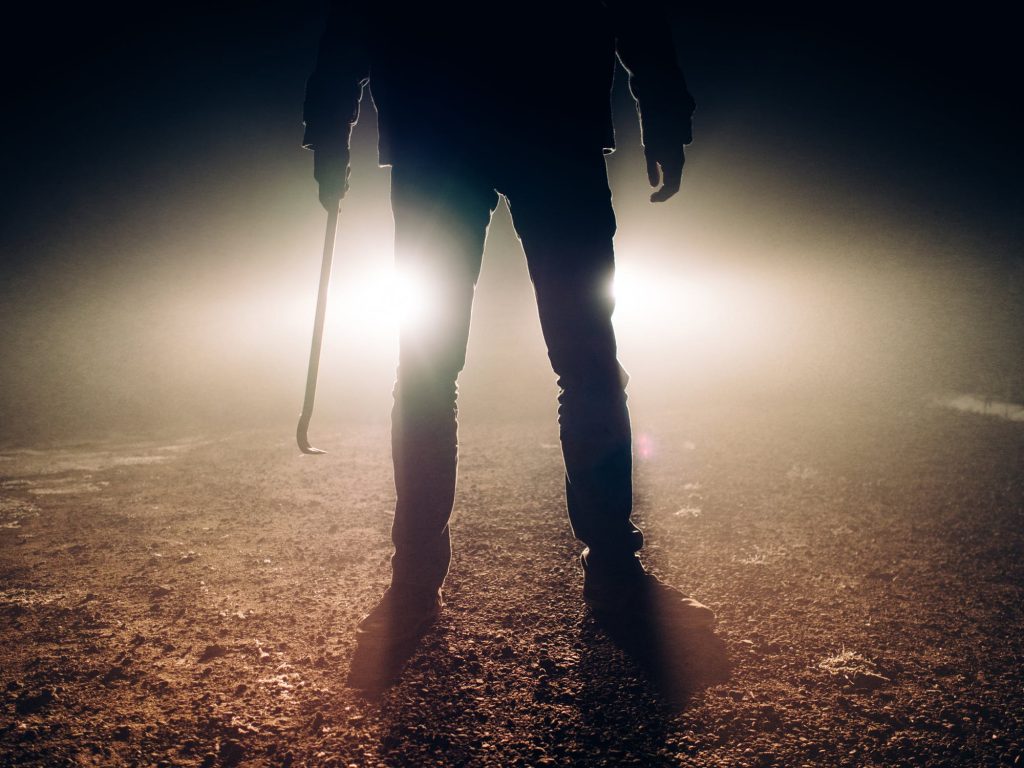This post is also available in Dutch.
Terrible attacks such as the one on March 18th in Utrecht are luckily not so common in the Netherlands. However, it is important for everybody to be able to make the right decisions in threatening situations. We often assume we make these types of decisions consciously and even rationally, but research shows that this is not entirely true.
Positive and negative outcome
Threatening situations often have an uncertain outcome; it can go either way, right or wrong. For example, if you were present and chose to get involved during the tram attack, you might have been hurt, or worse. On the other hand, you may have been able to overpower the attacker and save the life of your fellow travelers. If the potential negative consequence balances out the possible positive outcome, then it is probably better to avoid confrontation. The balance between potential positive and negative outcomes seems to determine your decision in the fight or flight response.
The subjective value of your choice
This balance is also called the subjective value, wherein scientists try to quantify the average ‘value’ of a choice-option by weighing positive and negative outcomes. The idea is that the decision-maker simply calculates what the value of a certain option is and compares that with the value of the other options. Eventually, you will pick the option that has the highest average value. This is a very rational way to explain how people make such decisions, but is this not a little one-sided?
Freeze!
What has not been considered in this explanation is how your body responds to acute threat: The freeze/fight/flight reaction. First you freeze: Your body stiffens, your heart rate decreases and your senses sharpen. This is all done by the autonomic nervous system—without your brain making a conscious choice. This initial reaction happens in both humans and animals and is assumed to make your body ready for action (i.e. fight or flight; see this blog on how this works in police officers). The amount of freezing is related to the decision that will be made. A recent study showed that freeze activation in the brain is associated with fast decisions regarding shooting.
It seems that the decisions you make in a threatening situation are not so rational and conscious as we may think. The way your body responds to threat influences your behavior without you being aware of it!
Written by Felix Klaassen
Edited by Mahur Hashemi and Rowena Emaus
Translated by Jill Naaijen and Christienne Gonzales Damatac
Image courtesy: Tookapic via Pexels
